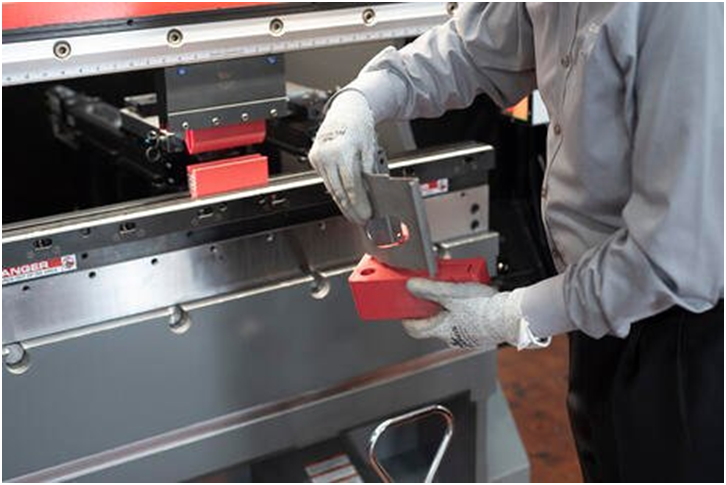
Charles R. Goulding considers the intellectual curiosity required for more machine shops to adopt 3D printing in their work.
Back in 2018, Meghan Nichols wrote an article in the American Machinist magazine where she used six benefits to make the case that machine shops should experiment by obtaining a 3D printer. In this author’s opinion, she was correct and those machine shops that haven’t acted since then should strongly consider doing so now. Those machine shops that have doubts should find other shops in their region that have a 3D printer and go speak to them about their experience.
Intellectual Curiosity and Adopting New Technology
One famous story about intellectual curiosity in new technology comes from Nokia’s business history. After being the leading cell phone maker in the world, Nokia fell behind when Android technology passed them by. When a new CEO asked the engineering staff how many of them had the intellectual curiosity to try Android he was shocked to learn that very few of them had even purchased an Android phone, let alone try to understand the new technology that was devastating their market position.
If one of your machine shop employees has been lobbying for a 3D printer, why not give him or her some support and let them obtain a short-term demonstration machine? Certainly any shop that has had challenges due to industry-specific reversals, such as the airline and oil and gas businesses, should consider purchasing a 3D printer to design some new products.
During the ongoing pandemic, the widespread use of 3D printing for a wide variety of PPE including face shields, swabs, ventilators, respirators and protective barriers was the nightly news. Stay-at-home protocols have showcased how 3D printing can be used for a wide variety of home goods. Historically most machine shops have been job shops which makes the business dependent on constantly obtaining new customers with new machining needs. A 3D printer can enable a machine shop to create its own new products and gain more independence.
There are now new hybrid machine tools that integrate 3D printing, which means one machine may be able to execute both machining and 3D printing functions. One of Meghan Nichols’ points in her article was that there was no need to compromise on 3D printing materials selections since there were now so many options including stainless steel, titanium and aluminum. Since 2018, the materials options have continued to increase and should satisfy the needs of the majority of specialty machine shops.

The Research & Development Tax Credit
Whether it’s used for creating and testing prototypes or for final production, 3D printing is a great indicator that R&D Credit eligible activities are taking place. Companies implementing this technology at any point should consider taking advantage of R&D Tax Credits.
Enacted in 1981, the now permanent Federal Research and Development (R&D) Tax Credit allows a credit that typically ranges from 4%-7% of eligible spending for new and improved products and processes. Qualified research must meet the following four criteria:
- Must be technological in nature
- Must be a component of the taxpayer’s business
- Must represent R&D in the experimental sense and generally includes all such costs related to the development or improvement of a product or process
- Must eliminate uncertainty through a process of experimentation that considers one or more alternatives
Eligible costs include US employee wages, cost of supplies consumed in the R&D process, cost of pre-production testing, US contract research expenses, and certain costs associated with developing a patent.
On December 18, 2015, President Obama signed the PATH Act, making the R&D Tax Credit permanent. Since 2016, the R&D credit has been used to offset Alternative Minimum Tax (AMT) for companies with revenue below $50MM and, startup businesses can obtain up to $250,000 per year in payroll tax cash rebates.
Conclusion
We have a large machine shop practice and remain surprised at the number of machine shops that haven’t tried a 3D printer. Hopefully, this article helps change some minds.
